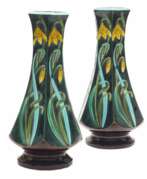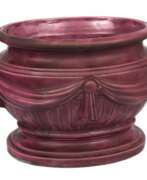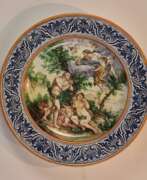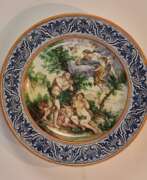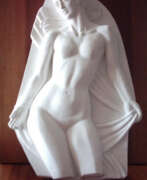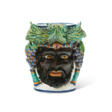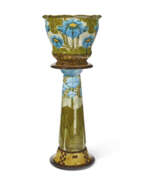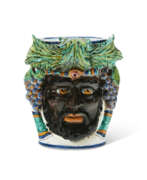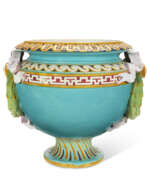Majolica
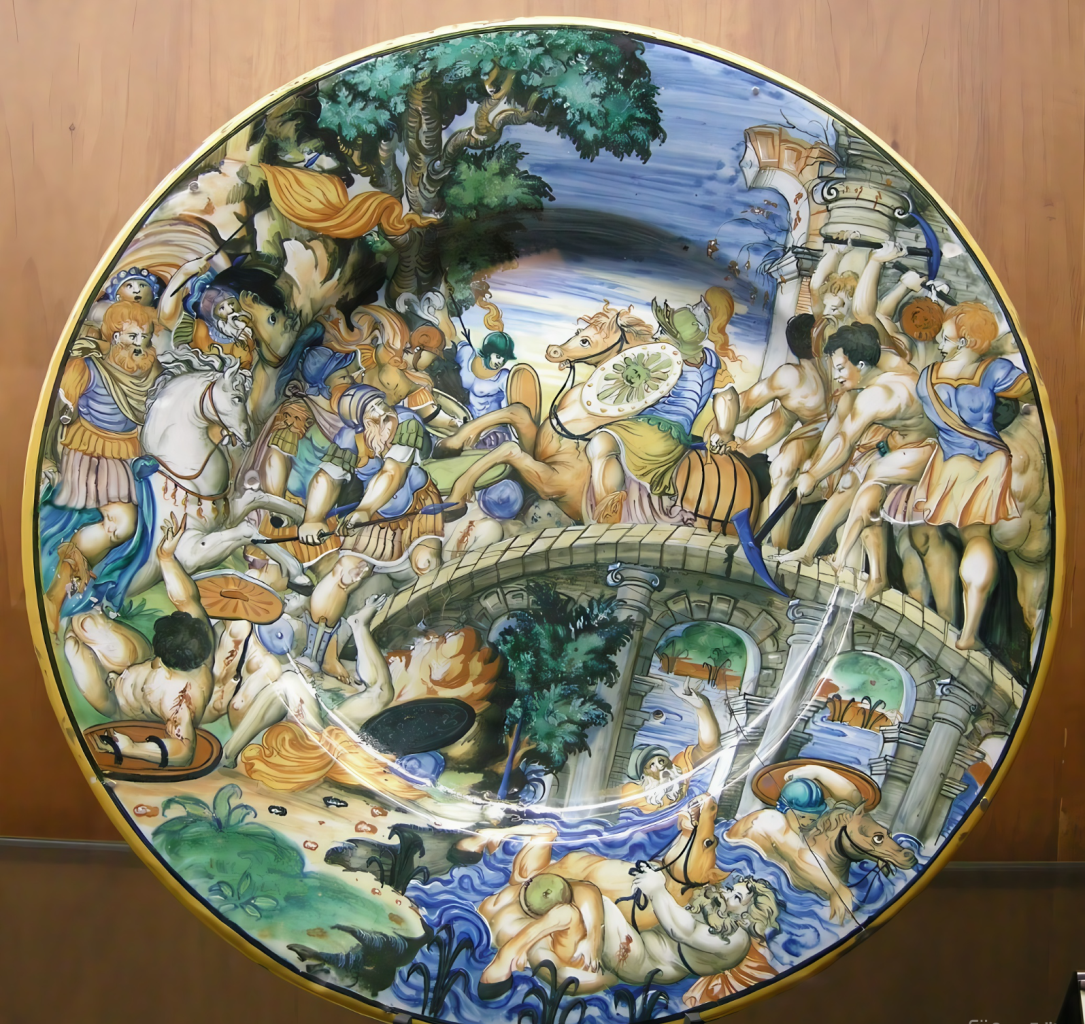
Majolica
Majolica was a tin-glazed earthenware technique, originating in the Mediterranean and popularized in Italy during the Renaissance. This Italian pottery, known for its vibrant, intricate designs, involves a multistage process of dipping, drying, painting, and firing. The technique's name derives from Majorca, a key trading hub for these ceramics in the 15th century.
Italian maiolica featured a distinctive opaque white glaze, created using tin oxide, providing a smooth surface for colorful decoration. Renaissance workshops in cities like Florence, Urbino, and Faenza produced exquisite pieces, often depicting mythological and historical scenes. This form of pottery was a luxury item, commissioned by wealthy patrons such as the Medici family, and many examples can be found in museums worldwide.
The Victorian era saw a resurgence of majolica in England, where it became known for its bold, colorful designs and sculptural reliefs. Firms like Minton and Wedgwood produced popular majolica wares, which were used decoratively in homes and public buildings. Modern potters continue to replicate traditional majolica styles, though using safer, lead-free materials.
For collectors and enthusiasts, staying updated on the latest majolica sales and auctions is essential. Sign up for our updates to receive notifications about new products and auction events related to majolica.
| Country: | Europe, Italy |
|---|---|
| Start of the period: | XV century |

